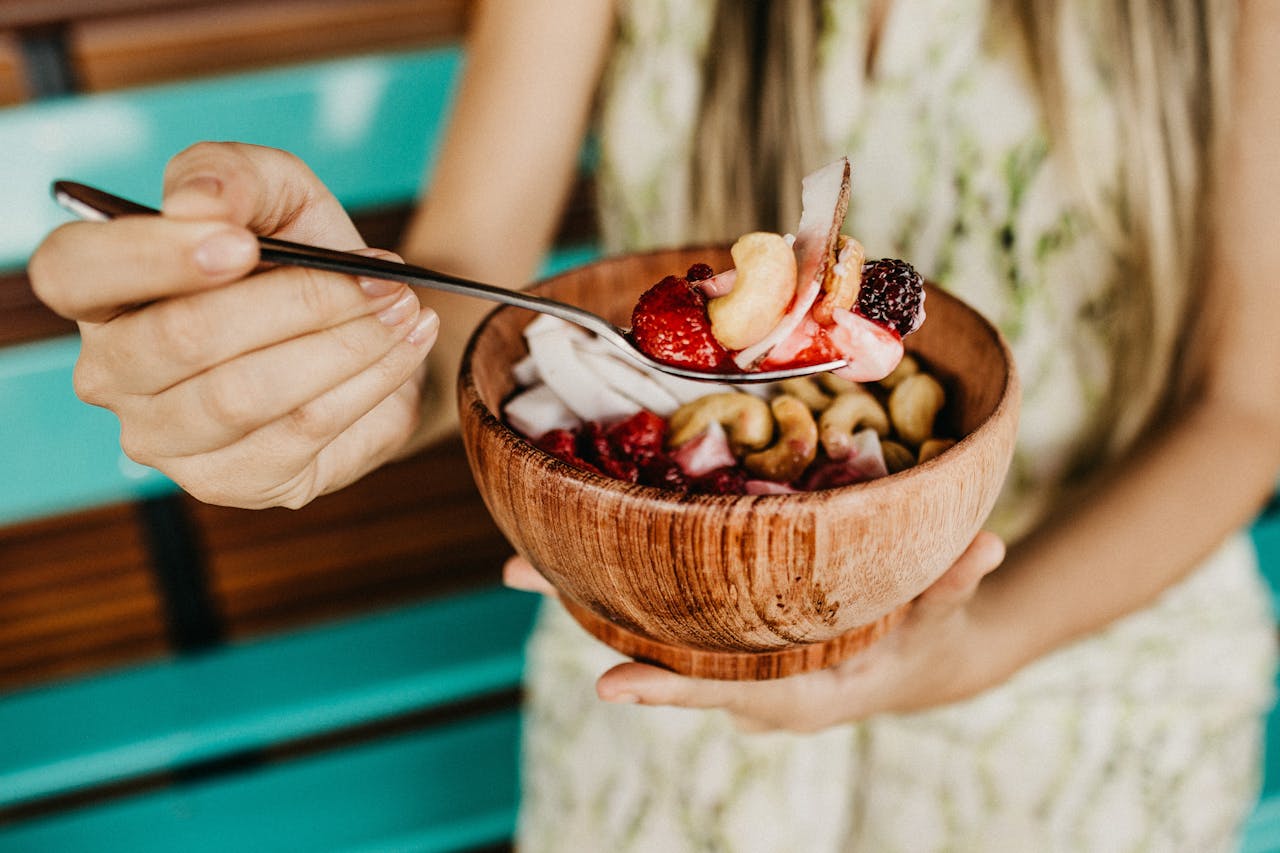Copyright © 2024 - Gearlabblog.com

Added sugar hides in many of our favorite foods, from breakfast cereals to sauces, often sneaking into our diets without us realizing it. Health experts warn that too much added sugar is linked to issues like obesity, heart disease, and diabetes. Reducing added sugar intake doesn’t have to mean giving up your favorite treats; it’s about making small, mindful changes. Here are five effective strategies to curb your added sugar intake and take charge of your health.
Added sugars come in various forms, often under names like high-fructose corn syrup, molasses, cane sugar, or honey. Familiarize yourself with ingredient labels to spot these sneaky sugars. According to recent health guidelines, limiting added sugar to about 10% of daily caloric intake is ideal. For a 2,000-calorie diet, that’s roughly 50 grams or 12 teaspoons. Look for foods labeled as “low-sugar” or “no added sugars” to help reduce your overall intake.
Processed foods are typically packed with sugars for flavor enhancement and extended shelf life. Opting for whole foods like fruits, vegetables, and whole grains offers natural sweetness and valuable nutrients without the sugar spike. Whole fruits, for example, contain fiber and vitamins that slow sugar absorption, preventing blood sugar spikes. Prioritizing fresh, whole foods reduces your reliance on sugary additives.
Many snacks marketed as “healthy” or “low-fat” often contain added sugars to compensate for taste. Items like granola bars, flavored yogurts, and smoothie drinks are common culprits. Instead, choose unsweetened yogurt and add fresh fruit for flavor, or make your own snacks at home where you control the ingredients.
If you love baking or cooking, try experimenting with lower-sugar options. Ingredients like unsweetened applesauce, ripe bananas, or dates provide sweetness without relying on processed sugar. For sauces and dressings, skip store-bought versions that are often loaded with sugar and make your own at home. For beverages, infuse water with fruits or use natural sweeteners sparingly in tea or coffee.
Beverages, especially sodas, sweetened coffees, and even fruit juices, are one of the biggest sources of added sugars. Try reducing the amount of sugar in your tea or coffee each week until your taste adjusts. You may find yourself enjoying the natural flavors more than before. For a healthier alternative to sugary sodas, opt for sparkling water with a splash of fruit juice for a bit of sweetness without the sugar load.
Summary
Curbing your added sugar intake is a powerful step toward a healthier lifestyle. By being mindful of food labels, choosing whole foods, and making simple swaps, you can significantly reduce your sugar intake without sacrificing taste. These small changes not only benefit your health today but also pave the way for long-term well-being.
Embrace a diet with less added sugar, and you’ll notice the positive impacts on your energy, mood, and overall health.
Sources: